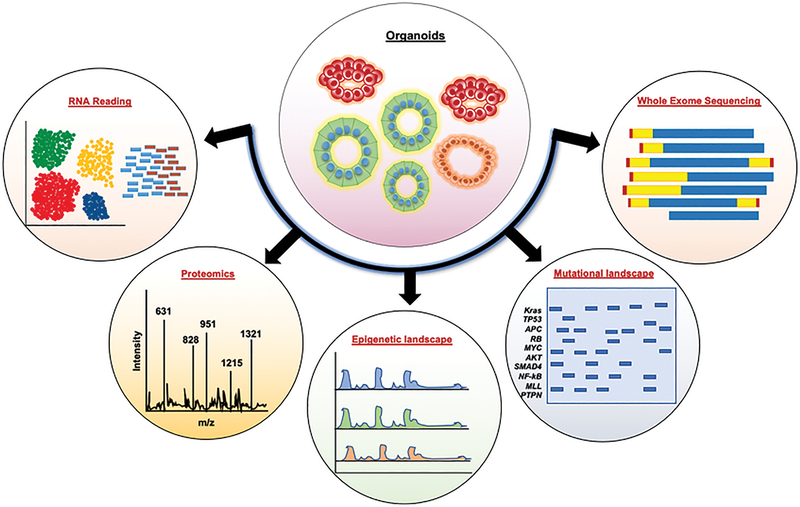Figure 3. High-throughput sequencing approaches in organoids:
High-throughput sequencing approaches have been extensively explored in organoids to study different molecular mechanisms during cancer or other diseases. (i) RNA-sequencing and single-cell RNA sequencing in tumor organoids are used to profile the total transcriptomic status of the cells during tumor development or metastasis. (ii) Proteomics analysis on organoid through mass-spec illustrate the changes in various proteins during disease vs. normal. (iii) ChIP-Seq or ATAC seq analysis in the organoids demonstrate different epigenetic profile. (iv) Patient-derived organoids are extensively used to study the mutational landscape or load during tumor development. Various mutations such as Kras, TP53, APC, etc., and their oncogenic functions have been profiled in tumor organoids. (v) Whole-exome sequencing in organoids is used to understand the changes or mutations in the protein-coding regions of the genes.

